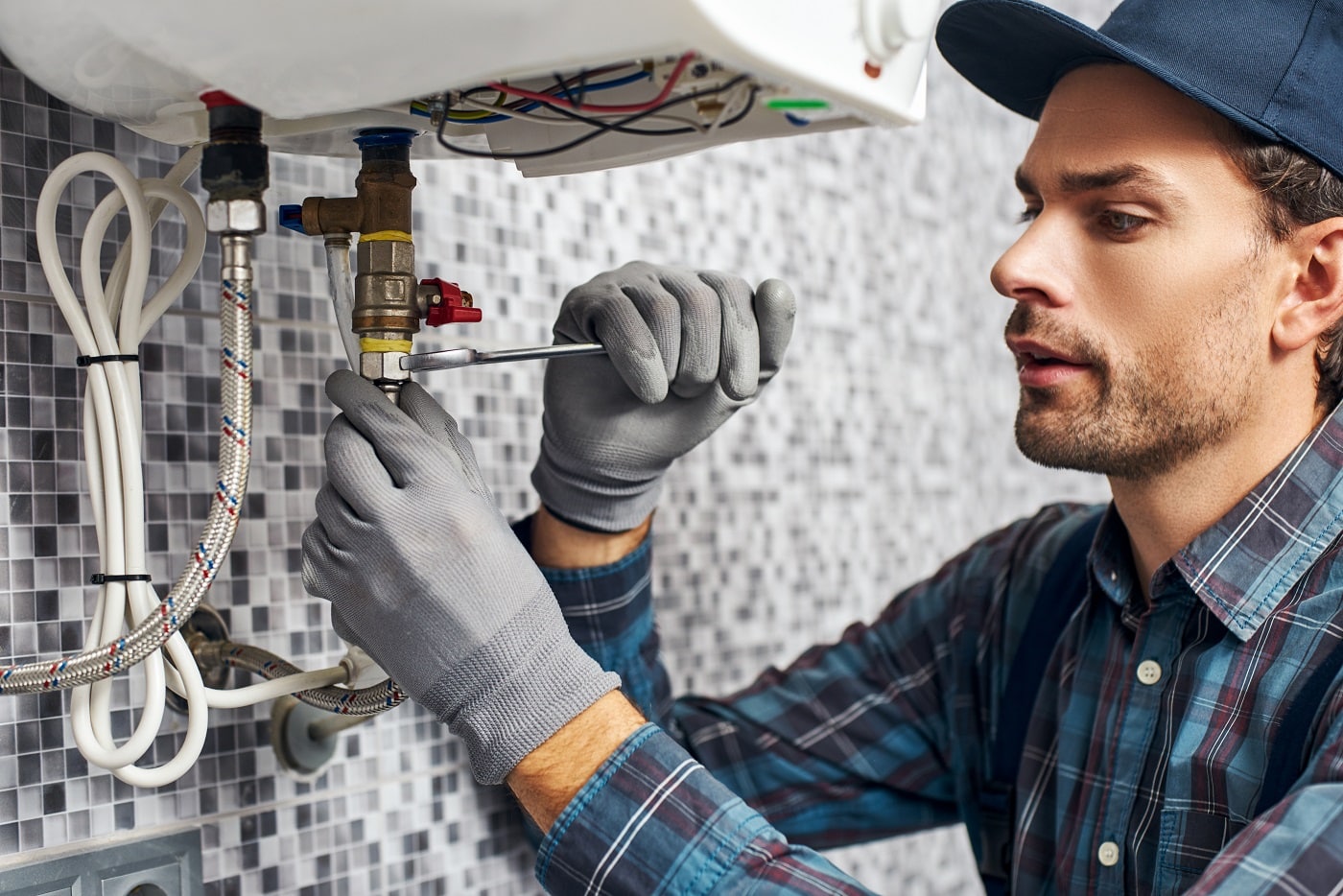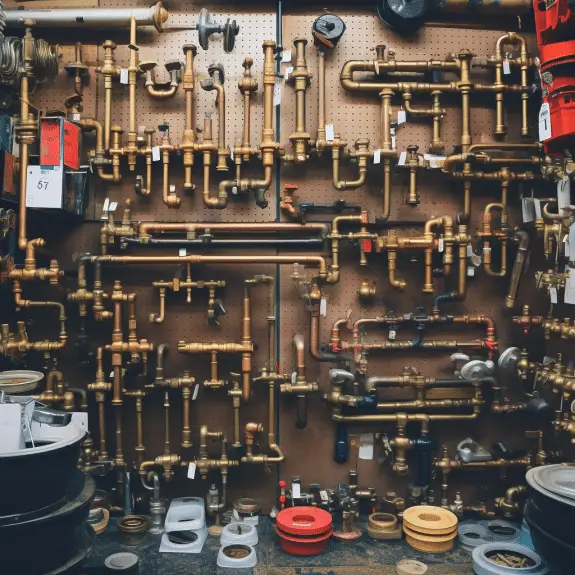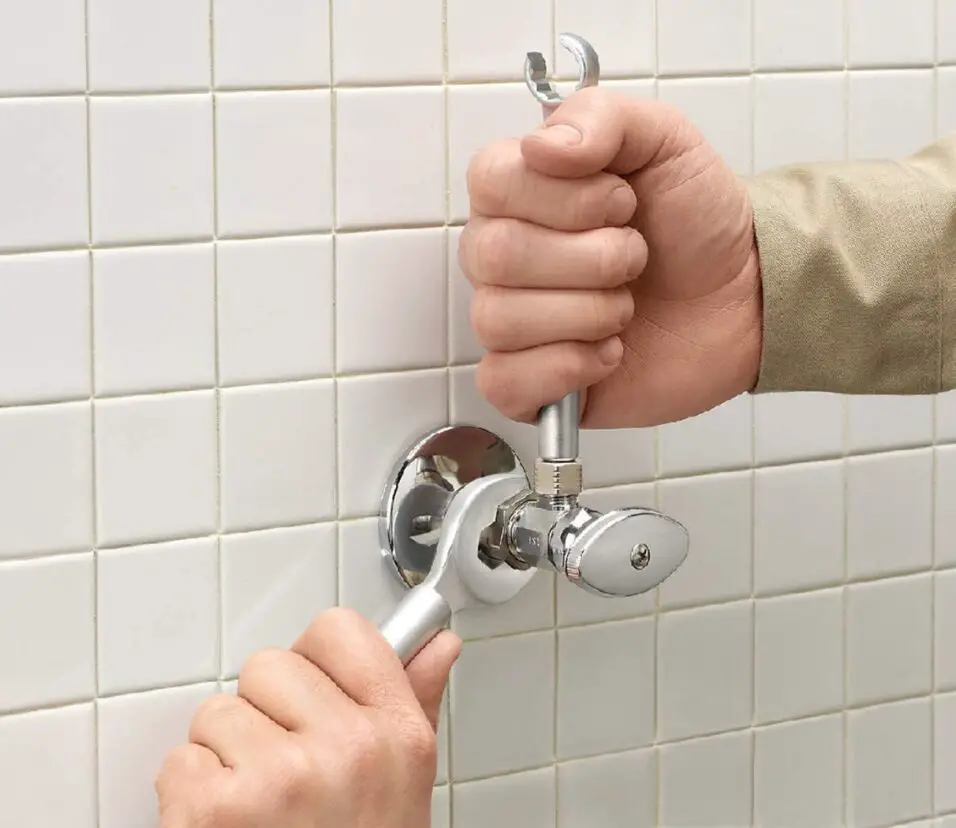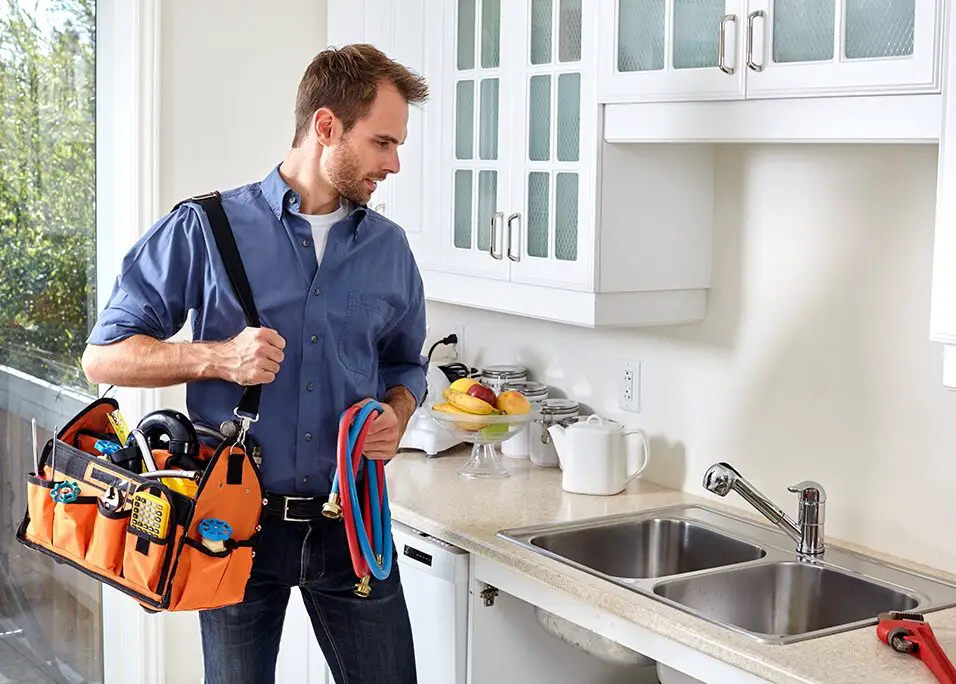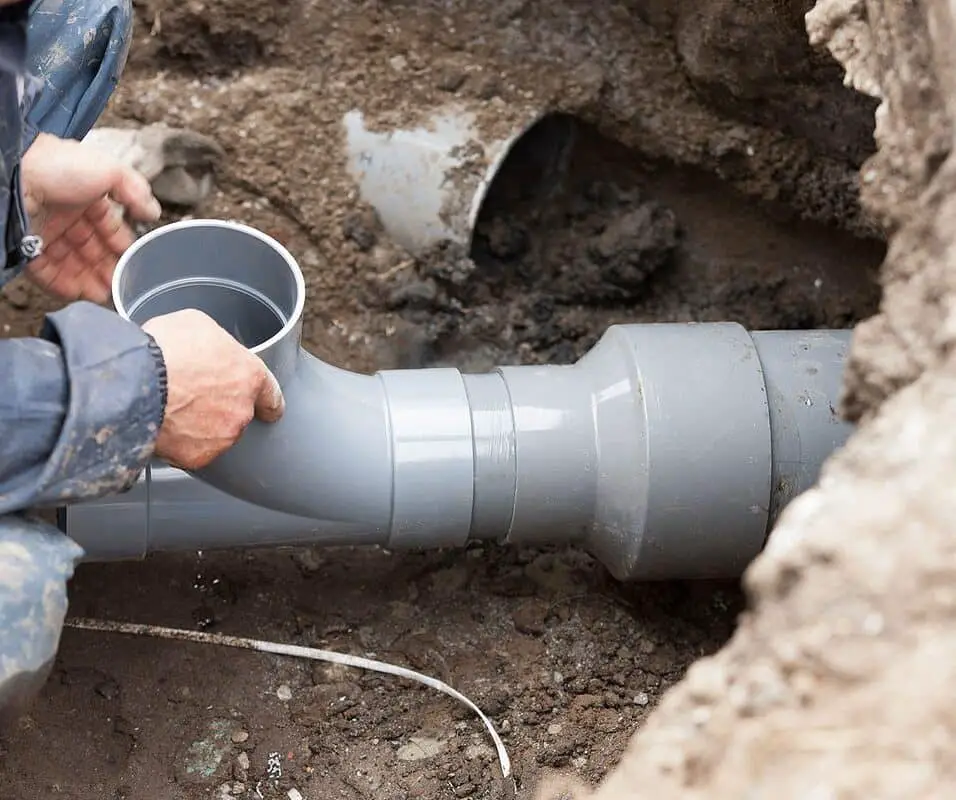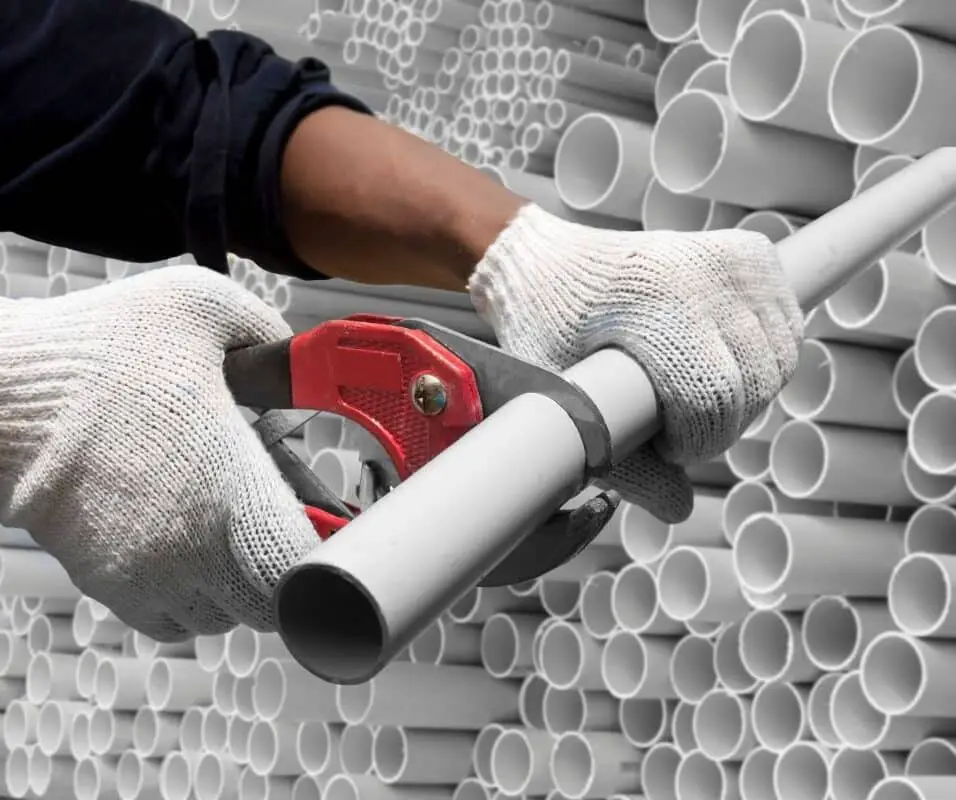What Is A Plumbing Manifold
Introduction
What Is A Plumbing Manifold: The primary purpose of a plumbing manifold is to simplify the plumbing system by consolidating multiple supply lines into a single location. It has traditionally been difficult to make adjustments or repairs to water distribution networks due to its construction as a complicated web of interconnected pipes. However, with the introduction of plumbing manifolds, the process has become much more streamlined.
Typically, a vent plumbing manifold consists of a main water supply line that is connected to multiple outlets or ports. These ports serve as connection points for individual supply lines that run to various fixtures, such as sinks, toilets, showers, and appliances like washing machines and dishwashers. Every outlet on the manifold has its own valve, so you may turn off the water supply to individual rooms or appliances as needed.
The use of a plumbing manifold offers several advantages. Firstly, it simplifies the installation process by eliminating the need for a complex network of branching pipes. Instead, each supply line connects straight to the manifold. Since each line can be easily accessible and isolated, this streamlined method also makes repairs and modifications much simpler.
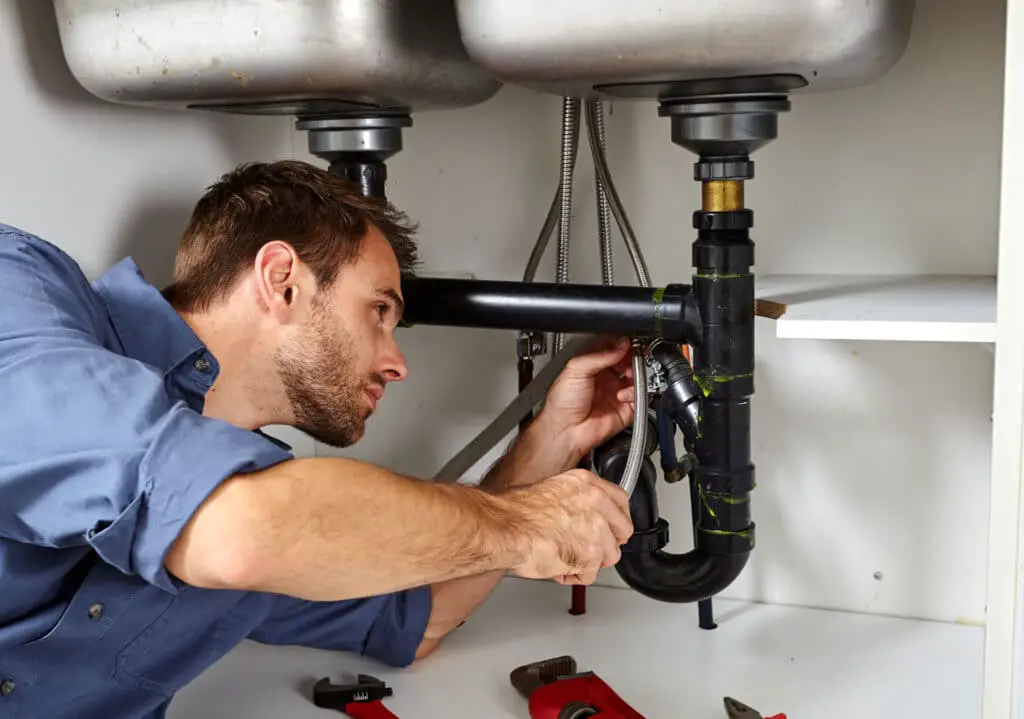
Is a plumbing manifold necessary?
Manifold plumbing systems are much more efficient than traditional plumbing systems. They use less water and require less energy to heat said water. They’re a small, but mighty addition to any custom home or renovation.
One of the best things about a plumbing pipe is that it can make the plumbing system more efficient. In older plumbing systems, water supply lines can become a complicated web of pipes that branch off from each other. Repairs, changes, and upkeep are hard to do and take a lot of time. On the other hand, a plumbing connector lets several supply lines meet at one point. Cutting down on the amount of pipe needed and making it easy to get to individual lines. This streamlined method not only makes installation easier, but it also makes it easier to make changes or add new features in the future.
Furthermore, a plumbing manifold offers enhanced control over the water flow in a building or residence. Each manifold port can have its own shut-off valve, allowing for precise regulation of water flow to specific fixtures or areas. This feature proves particularly useful in case of repairs or maintenance. As it minimizes disruption to other parts of the plumbing system. Additionally, the ability to regulate water flow at the manifold ensures consistent pressure and flow to each fixture, regardless of the usage in other areas of the building.
Improved water efficiency is yet another major benefit of installing a plumbing manifold. By providing dedicated supply lines to individual fixtures, the manifold reduces the risk of water wastage. It enables more precise control over water distribution, bringing water just to those areas that require it. This can result in significant cost savings, as well as a more environmentally-friendly plumbing system.
What is manifold in piping?
A manifold is a wide and/or bigger pipe, or channel, into which smaller pipes or channels lead. A pipe fitting or similar device that connects multiple inputs or outputs.
The primary function of a manifold in piping is to consolidate multiple supply lines into a single location. Instead of having separate pipes running directly from the source to each individual outlet or connection point, the manifold provides a centralized assembly point. This consolidation simplifies the piping system, reduces the complexity of connections, and facilitates easier control and maintenance.
To facilitate the transport of fluids or gases through piping systems, manifolds are devices containing entry and exit points as well as internal chambers or tunnels. The intake port is the point at which the primary supply line connects to the secondary distribution system. Connected to the ports that drain any excess fluid are the pipes and tubes that transport the fluid to the various nodes.
The design and configuration of a manifold can vary depending on the specific application and requirements. Stainless steel, brass, PVC, and polypropylene are just some of the metal and plastic options for manifold construction. Depending on conditions during transport, such as pressure, temperature, and substance type.
Why are manifolds used?
The oil and gas sector makes extensive use of manifolds for the transfer of fluids and gases. They can either combine several branches into one channel or split a single branch into several branches.
Simplified Distribution: Manifolds serve as central distribution points, consolidating multiple supply lines into a single location. This simplifies the overall system by reducing the complexity of connections and the number of pipes required. Instead of running separate lines from the source to each individual outlet. A manifold allows for a single connection, making installation and system configuration more straightforward.
Enhanced Control: Manifolds provide better control over the distribution of fluids, gases, or other substances within a system. Through the use of distinct supply lines with their own corresponding outlet ports Various sections of the system can have their flow rates changed or turned off individually. This allows for precise control over the distribution, ensuring optimal flow rates, pressure, and control at each point.
Improved Efficiency: Manifolds contribute to improved system efficiency by reducing pressure losses and optimizing flow rates. Distributing from a single hub reduces pressure losses caused by resistance and friction. This results in better flow rates, reduced energy consumption, and improved overall system performance.
Streamlined Maintenance: Manifolds make maintenance and repairs more manageable and efficient. The centralized location of the manifold allows for easy access and isolation of specific sections of the system. By shutting off a specific outlet or closing a valve at the manifold. It is possible to do maintenance or make adjustments without having to shut down the entire network.
What is the advantage of manifold?
Advantages of Manifolds
There are several benefits to using a manifold system. Some of which include cost savings, space savings, fewer leaks, and easier maintenance. Among these benefits the cost savings associated with assembly and installation, as well as the reduction in space requirements are the most significant.
Enhanced Control: Manifolds offer improved control over the distribution of fluids, gases, or other substances within a system. With separate outlet ports connected to individual supply lines. Various sections of the system can have their own flow rates and pressures set, altered, or turned off independently. This enables precise control and customization of distribution, ensuring optimal performance at each point.
Improved Efficiency: Manifolds contribute to improved system efficiency. Distributing from a single hub reduces pressure drops caused by resistance and friction. This results in improved flow rates, reduced energy consumption, and enhanced overall system performance. The optimized distribution provided by manifolds helps ensure that each outlet receives the appropriate amount of fluid or gas, maximizing efficiency.
Streamlined Maintenance: Manifolds facilitate easier maintenance and repairs. The centralized location of the manifold allows for easy access and isolation of specific sections of the system. This enables quick and efficient maintenance procedures without interrupting the entire system. In order to perform repairs or adjustments in a targeted way, it is possible to shut off a specific outlet or close a valve at the manifold.
Which valve is used in manifold?
Valve Manifold
Valves help control fluid-based processes and prevent leakage and backflow. The common types of valves used in this system include ball, bleed, needle, and vent.
Gate Valves: Gate valves are another common type used in manifolds. They have a gate-like disc that moves up and down to control the flow. When the gate is up, the valve is open and fluids or gases can pass through. The flow is stopped when the gate is lowered, closing the valve. Gate valves provide a tight seal when fully closed. Their primary use is in on/off situations, which makes them less than ideal for flow regulation.
Globe Valves: Globe valves are often used when precise flow control is required. They have a globe-shaped disc that moves up and down against the flow, allowing for variable flow rates. Changing the disc’s orientation affects the flow rate. Globe valves provide good throttling capabilities and can maintain a tight seal even under high-pressure conditions.
Check Valves: Check valves are used to allow flow in only one direction, preventing backflow or reverse flow in a manifold system. They are typically installed at specific points in the manifold to ensure that fluid or gas flows in the desired direction and prevents any potential contamination or damage. Check valves are available in different configurations, including swing check valves, ball check valves, and lift check valves.
What is manifold and types?
Manifolds provide for the isolation of the process connection(s) using 2, 3, or 5 valves. 2-valve assembly. Gauge pressure transmitters typically use a two-valve manifold. Application: When you need to isolate the transmitter and vent the pressure off 3-valve assembly.
Plumbing Manifold: A plumbing manifold is used in plumbing systems to distribute water supply to different fixtures and appliances. It consolidates multiple supply lines into a single location. Allowing for independent control and isolation of water flow to specific areas or fixtures. Plumbing manifolds streamline the installation process, simplify maintenance, and enhance water flow control.
Hydraulic Manifold: Hydraulic manifolds are widely used in hydraulic systems, which transmit power using pressurized fluid. These manifolds control the flow and direction of hydraulic fluid to different components, such as actuators, motors, and valves.A hydraulic manifold is a high-pressure component used in hydraulic systems to ensure fluids are dispersed consistently across the system.
Pneumatic Manifold: Pneumatic manifolds serve a similar purpose to hydraulic manifolds but are used in pneumatic systems that rely on compressed air or gases for power. Pneumatic manifolds distribute the compressed air or gas to different components, such as valves, cylinders, and actuators. They facilitate efficient control and distribution of air or gas, enabling pneumatic systems to perform various tasks.
HVAC Manifold: HVAC (Heating, Ventilation, and Air Conditioning) systems often incorporate HVAC manifolds to control the flow and distribution of air or refrigerant. These manifolds help regulate the temperature, humidity, and air quality in buildings.
What is a 2 valve manifold?
This series of 2 Valve Manifolds combines valves into one block to perform isolation. Bleed and calibration of pressure transmitters, gauges and switches. Process, Instrument and Vent connections can be provided in a variety of sizes and threaded forms including NPT, BSPT and BSPP.
Pressure Measurement: The 2-valve manifold serves as a connection point for pressure gauges, allowing for the measurement of pressure in a system. Gauges fastened to the manifold allow for easy and precise pressure measurements.
Isolation: The valves in a 2-valve manifold provide isolation capabilities, allowing for the isolation of pressure gauges or instruments from the system being measured. This enables safe maintenance, calibration, or replacement of the gauges without disrupting the flow or pressure in the system.
Control: The valves in a 2-valve manifold also offer control over the flow of fluid or gas within the manifold. Changing the valve settings controls the flow and pressure, protecting the gauges from over or under pressure and assuring accurate readings.
Safety: The use of a 2-valve manifold enhances safety during maintenance or calibration procedures. Protecting both people and equipment, gauge isolation reduces the possibility of inadvertent releases and pressure surges.
Convenience: A 2-valve manifold provides a convenient and efficient solution for connecting pressure gauges or other measuring instruments. The compact design of the manifold allows for easy installation, removal, and transportation of the gauges, reducing setup time and effort
Why is it called a manifold?
The term “manifold” comes from German Mannigfaltigkeit, by Bernhard Riemann. In English, “manifold” refers to spaces with a differentiable or topological structure, while “variety” refers to spaces with an algebraic structure, as in algebraic varieties.
The name “manifold” accurately captures the essence of this component as it highlights its branching nature. Manifolds, which resemble tree trunks, include multiple branches that serve as outlets for the fluid or gas. The branching structure of the manifold allows for the efficient distribution, control, and regulation of the flow, making it an appropriate and descriptive term for such components.
There are many situations where the word “manifold” is used. In plumbing, a plumbing manifold sends water to different outlets. The flow of air or coolant to different zones or places is controlled by an HVAC manifold. In hydraulic or mechanical systems, manifolds send gases or fluids to different parts. In math, this word refers to things or places that have more than three dimensions.
To sum up, a “manifold” is a part or system that has multiple branches for the purpose of regulating the flow of fluids, gases, or other substances. Its name reflects its multi-channel nature, providing a concise and descriptive term for a component that plays a vital role in many engineering and fluid dynamics applications.
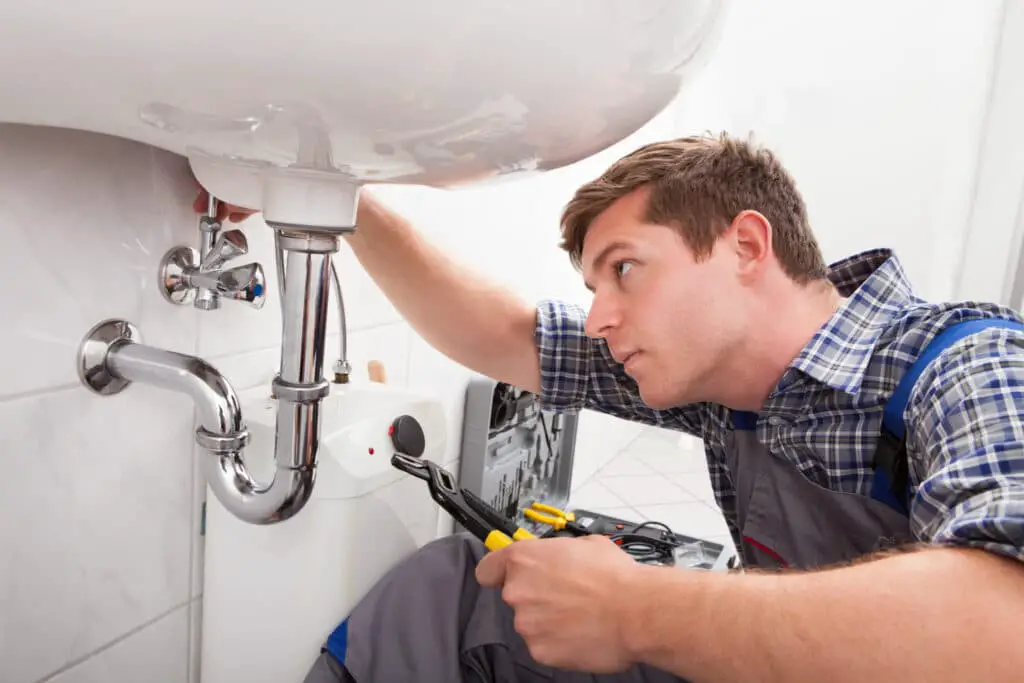
Conclusion
A plumbing manifold allows for better control and distribution of water flow. A manifold allows for independent regulation of water pressure to each appliance or fixture. This feature is especially useful during repairs or maintenance, as it minimizes disruption to other parts of the building.
Consistent water pressure is another advantage of installing a plumbing manifold. By providing separate lines for each fixture, the manifold helps maintain consistent water pressure throughout the system. This means that if one fixture is using water, it won’t affect the water pressure or flow to other fixtures. In addition, the manifold’s ability to handle greater flow rates means that all of the fixtures will have access to a sufficient supply of water at the same time.
Furthermore, a plumbing manifold allows for future expansion or addition of fixtures without major piping system modifications to the existing system. The manifold allows for quick and simple connection of new supply lines, making it an ideal choice for use during restorations and upgrades. Pex (cross-linked polyethylene) piping, copper tubing, and brass are just some of the plumbing manifold materials available. The choice of material depends on factors such as cost, local plumbing codes, and personal preferences.



